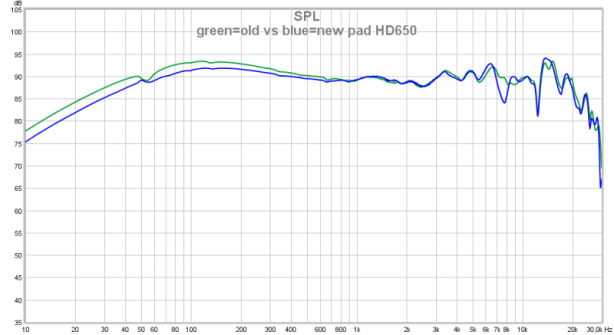Between perceptual/human differences, manufacturing tolerances, and the difficulty of disentangling all of these factors, I'm pretty skeptical that such headphones exist even if we aim for an objective target response.
I am less skeptical about this being achieved. But have not found a pair yet that really ticks off all of the boxes at a price I can really afford. Which is why I haven't really given any specific recommendations.
The Sennheiser HD6XX seems to have some positive qualities, for an open headphone. It looks like it could be a little too mid-forward. But appears to be better extended in the bass (for an open-back, that is) than both the HD600 and HD650. And not as dark in spots in the treble as the HD650. Both of these things look like positive developments, in terms of tuning. I have no idea how it performs though in terms of imaging, clarity, comfort, etc. though.
The HD560 looks even better extended in the bass than the above. And supposedly has better drivers and soundstage than the others. The tuning in the treble and upper mids looks more uneven than the 6XX though. And when I tried a pair on in a store, I wasn't overly impressed by their fit and comfort. (I have not tried on the 6XX yet for comparison though.)
I have also tried or used many of the more popular low cost "studio" HPs, like the AKG K361, K371 and K553, AudioTechnica M30x, M40x and M50x, Sennheiser HD 280 and 380 Pros, Sony MDR-7506, Beyerdynamic DT-770, and so on. And can't really give an unqualified thumbs up to any of those, for various reasons. Though some of them have positive qualities, and can probably sound quite good with the right music, and amp (and ears).
I would love to see some
new players in the studio headphone market though, because many of the above are beginning to feel rather stale at this point. So I'm also looking at new offerings from companies like Austrian Audio, Neumann, Rone, and so forth. And I'm interested in some of the lower cost planars from HiFiMan. I wish Kali would try some headphones too, because they are doin some interesting studio monitors. And seem to have some pretty good designers.
Denon also looks like it makes some nice dynamic driver closed-backs, but they are a bit pricier. And tuning might not be perfect. There are others who could certainly also be players in this market though with the right products, such as Shure, Philips, PSB/NAD...
Over-ears are generally the only thing that interests me. The Audezes, Focals, DCAs, and the like are all beyond my means though. So I don't spend much time thinking about those.



